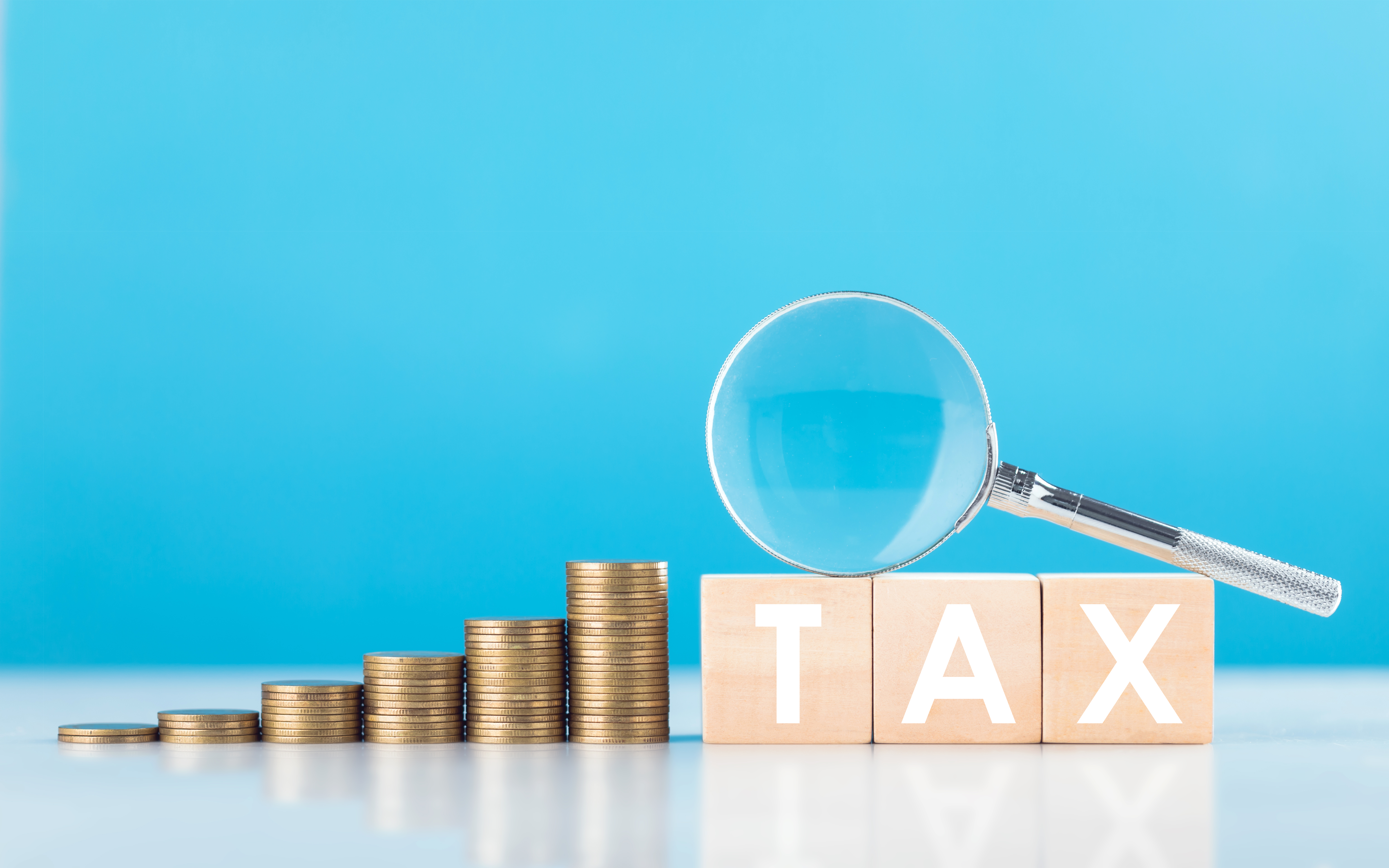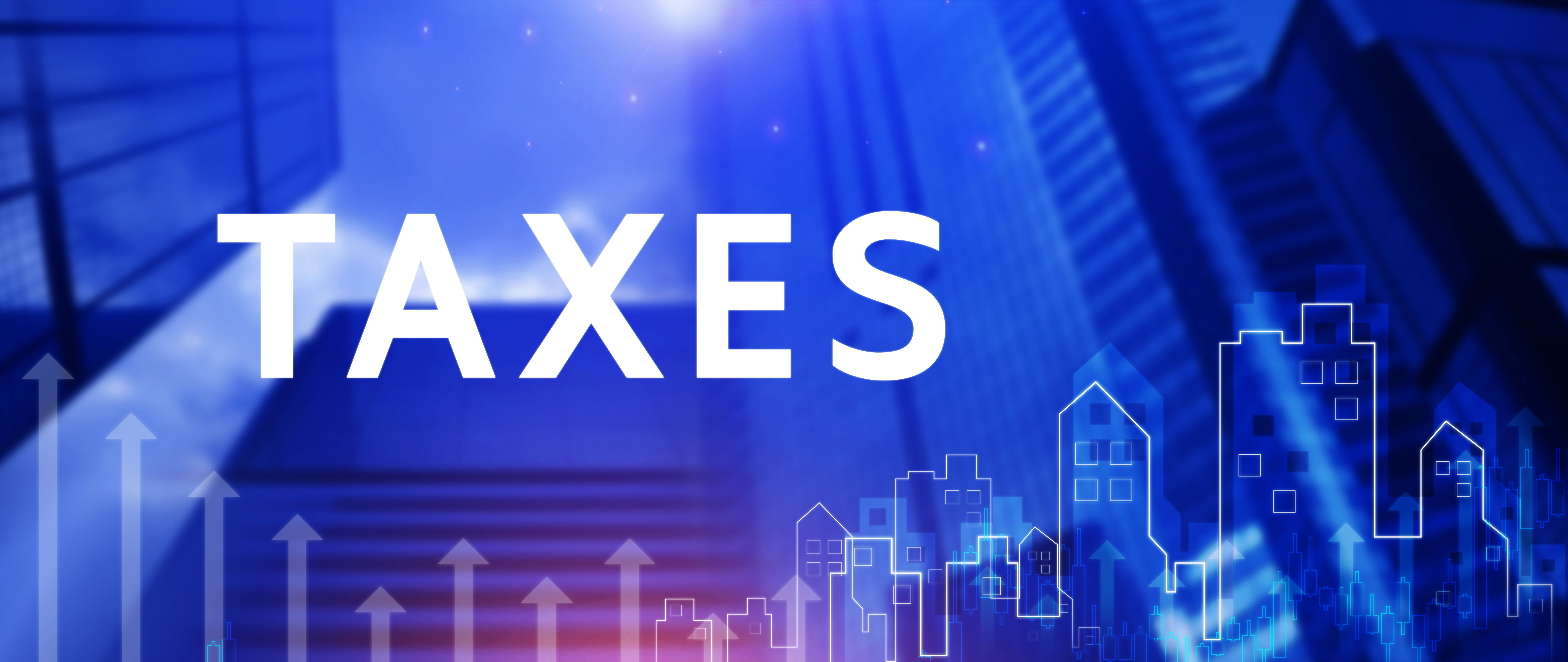
On 26 November 2024, the National Assembly of Vietnam (the “NA”) officially passed the Law No. 48/2024/QH15 on Value Added Tax (the “New VAT Law”) to replace the old laws on VAT, including the Law No. 13/2008/QH12, the Law No. 31/2013/QH13, the Law No. 71/2014/QH13, and the Law No. 106/2016/QH13 (the “Old VAT Law”). The New VAT Law will be effective from 1 July 2025, unless Article 5.25 and Article 17 of the New VAT Law will be effective from 1 January 2026.
Key Takeaways
- Non-Taxable Revenue Threshold: The threshold for non-taxable revenue has been raised from VND100,000,000 to VND200,000,000 per year, reducing the number of taxable business households and individuals.
- Amendments to Non-Taxable Subjects: Certain goods and services, such as fertilizers and specialized agricultural machinery, have been removed from the list of non-taxable subjects and will now be taxed. The condition for non-taxable on exported products processed from resources and minerals has been revised, focusing on a government-prescribed list rather than a value ratio. In addition, the law adds several categories of imported goods that are not subject to VAT, including those for disaster prevention and border trade.
- Tax Basis: Changes include updates to taxable prices for imported goods and adjustments to tax rates, with some goods and services now subject to 0%, 5%, or 10% VAT rates.
- Input VAT Deduction: Stricter conditions for input VAT deduction now require non-cash payment documentation for all purchased goods and services.
- Tax Refund Conditions: New provisions allow VAT refunds for businesses producing goods or services subject to a 5% VAT rate if input VAT exceeds VND 300 million over 12 months or four quarters.
Increase non-taxable revenue threshold
As outlined in the New VAT Law, the regulation on non-taxable revenue states: “Goods and services provided by business households and individuals with annual revenue below the threshold prescribed by the Government” shall not be subject to value added tax.[1] During the discussion preceding the NA’s adoption of the Law on Value Added Tax, the Chairman of the National Assembly’s Finance and Budget Committee Mr. Le Quang Manh expressed his opinion that annual revenue threshold not subject to VAT should be explicitly specified to establish a transparent legal basis. Accordingly, under the New VAT Law, the NA approved the threshold for non-taxable revenue to VND200,000,000/year, meaning that goods and services of business households and individuals with annual revenue of VND200,000,000 or less will not be subject to value added tax. Under the Old VAT Law, this threshold is set at VND100,000,000/year.
With the non-taxable revenue of VND200,000,000/year, the number of taxable business households and individuals will be reduced, resulting in a corresponding decrease in State budget revenue. However, this adjustment is anticipated to help reduce tax pressure for small and retail businesses, enabling them to retain more capital for reinvestment and expand production and business activities.
Amendment of the list of non-taxable objects
Eliminating some non-taxable objects
Article 5 of the New VAT Law introduces significant changes by removing certain goods and services from the list of non-taxable subjects. Accordingly, the two most prominent categories are:
- Fertilizers; specialized machinery and equipment for agricultural production; offshore fishing vessels; and
- Securities depository; market organization services of stock exchanges or securities trading centers; other securities business activities.
One of the most debated changes pertains to the removal of fertilizers from the list of products not subjected to VAT. According to the New VAT Law, fertilizers would be subject to a tax rate of 5%. Concerns have been raised that such taxation could lead to an increase in fertilizer prices, potentially benefiting businesses while imposing a financial burden on farmers. In addition, in the final discussion session preceding the Law’s approval, there were proposals for applying tax rate of 0%, 1% or 2% to fertilizers. However, as per explained by the Chairman of the National Assembly’s Finance and Budget Committee Le Quang Manh, to the NA deputies “applying a tax rate of 0% could adversely impact the State budget, and the rates of 1% and 2% is also not consistent with the goal of VAT reform, which is to reduce the number of tax rates, not increase the number of tax rates compared to current regulations“.[2]
Amending regulations on exported products processed from resources and minerals
According to the Old VAT Law, exported products that are goods processed from resources and minerals must satisfy the condition that the combined value of resources, minerals and energy costs account for 51% or more of the product cost to be exempt from VAT. However, under the New VAT Law, the above regulation has been amended, accordingly, the condition on the ratio of resources and minerals to the total value of the product has been eliminated. Instead, the products processed from resources and minerals must adhere to the List prescribed by the Government.[3]
Supplementing non-taxable objects
The New VAT Law adds a number of imported goods that are not subject to tax, including:
- Imported goods supporting and sponsoring the prevention of natural disasters, epidemics, and wars as prescribed by the Government;[4]
- Goods purchased and exchanged to serve the production and consumption of border residents in the List of goods purchased and exchanged by border residents under the law and within the import tax exemption limit according to the law on export tax and import tax;[5] and
- Relics and antiques imported by competent state agencies as prescribed by the law on cultural heritage.[6]
In addition, non-taxable medical services are also listed in more detail to specify the regulation and to legalize the regulations that are being implemented stably in existing sub-law documents.
Amendment on tax basis (tax price and tax rate)
Taxable price
Under the New VAT Law, the taxable prices for imported goods are updated to include an additional component, referred to as the “additional import tax“, specifically:[7]
| Old regulation | New regulation |
| Taxable price = Import price at border gate + import tax (if any) + special consumption tax (if any) + environmental protection tax (if any) | Taxable price = Import taxable value + import tax + taxes are additional import taxes according to the provisions of law (if any) + special consumption tax (if any) + environmental protection tax (if any) |
The revised regulations on taxable prices include provisions for determining the taxable prices of goods and services utilized for promotional purposes, as governed by the applicable provisions of the commercial law, is set at 0.[8]
Tax rates
Under the New VAT Law, tax rates introduce several changes, including:
Expansion of subjects entitled to a 0% tax rate
Additional goods and services qualifying for the 0% tax rate include:
- International transportation services;
- Construction and installation activities conducted abroad or in duty-free zones;
- Goods sold in quarantine areas to individuals (foreigners or Vietnamese nationals) who have completed exit procedures, as well as goods sold at duty-free shops;
- Imported cigarettes, alcohol, and beer subsequently exported; Products provided on digital platforms as stipulated by the Government; Domestically purchased gasoline and oil sold to businesses in duty-free zones; Automobiles sold to organizations and individuals in duty-free zones; Goods supplied to individuals not registered as businesses within duty-free zones; and
- Export services provided to foreign organizations and individuals including: Leasing of transport vehicles for use outside Vietnam’s territory; Services in the aviation and maritime sectors directly supplied to international transportation or through agents.[9]
Application of a 5% tax rate to some previously non-taxable goods and services
Goods and services previously not subject to VAT but now subject to a 5% tax rate include:
- Fertilizers;
- Specialized machinery and equipment for agricultural production; and
- Offshore and sea-going fishing vessels.[10]
Application of a 10% tax rate to certain goods and services previously taxed at 5%
Goods and services previously subject to a 5% tax rate but now subject to a 10% tax rate include:
- Fresh food and unprocessed forest products;
- Sugar and by-products of sugar production, including molasses, bagasse, and sludge;
- Specialized equipment and tools used for teaching, research, and scientific experiments;
- Cultural activities, exhibitions, physical education, and sports; performing arts; and
- Film-related activities, including production, import, distribution, and screening.[11]
Important amendments to the conditions for input VAT deduction
The regulations governing the conditions for deducting input VAT on goods and services have been amended to adopt a more stringent approach, specifically as follows:
| Old regulation | New regulation |
| Goods and services purchased in a single transaction with a value of less than VND20,000,000 are exempt from the requirement for non-cash payment documentation to qualify for VAT deduction[12] | All purchased goods and services must have non-cash payment documentation to qualify for VAT deduction, except for specific cases as stipulated by the Government[13] |
Supplementing regulations on conditions for tax refunds
Article 14.1 of the New VAT Law introduces new provisions on tax refund conditions, accordingly, business establishments engaged solely in the production of goods or provision of services subject to a 5% VAT rate will be eligible for a VAT refund if their input VAT, after twelve (12) months or four (4) quarters, exceeds VND300,000,000 and has not been fully deducted. This represents a significant addition to the legal framework.
Explained for this case, Mr. Le Quang Manh, the Chairman of the National Assembly’s Finance and Budget Committee, proposed an additional safeguard: “In cases where the seller has not declared and paid VAT on goods, the business establishment shall not be entitled to a VAT refund.” This supplementary regulation is designed to prevent VAT refund fraud, ensuring that input tax has been duly paid to the State budget and to safeguard public revenue and uphold the integrity of the tax system.[14]
Conclusion
The New VAT Law is an important law that directly affects the production and business activities of individuals and enterprises to refine and strengthen the legal framework, address and resolve shortcomings in prevailing law and align with the current economic and social development of the country.
________________
[1] Article 5.25, the New VAT Law.
[2] Investment Newspaper, “National Assembly Approves Returning Fertilizers to 5% Value-Added Tax Rate”, https://baodautu.vn/quoc-hoi-nhat-tri-dua-phan-bon-quay-lai-chiu-thue-gia-tri-gia-tang-5-d231000.htm, accessed on 7 December 2024.
[3] Article 5.23, the New VAT Law.
[4] Article 5.26(d), the New VAT Law.
[5] Article 5.26(đ), the New VAT Law.
[6] Article 5.26(e), the New VAT Law.
[7] Article 7.1(b), the New VAT Law.
[8] Article 7.1(c), the New VAT Law.
[9] Article 9.1, the New VAT Law.
[10] Article 9.2, the New VAT Law; and Article 5, the Old VAT Law.
[11] Article 9.3, the New VAT Law; and Article 8.2, the Old VAT Law.
[12] Article 12.2, the Old VAT Law.
[13] Article 13.2, the New VAT Law.
[14] National Assembly, “Amending the Law on Value Added Tax: Ensuring objectivity, fairness, avoiding budget loss”, https://quochoi.vn/tintuc/Pages/tin-hoat-dong-cua-quoc-hoi.aspx?ItemID=90483, accessed on 8 December 2024.










